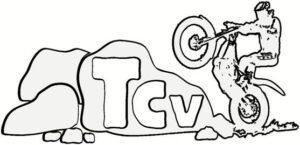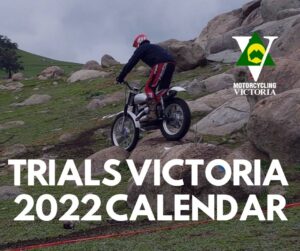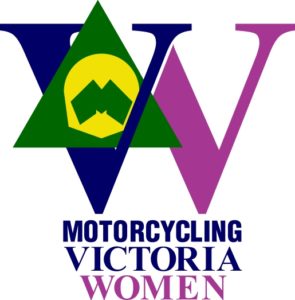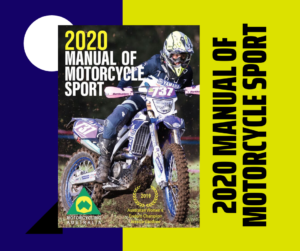The Skilful Alternative
Unlike most other forms of motorcycle sport, Trials is not racing. It is simply you and your bike pitted against the terrain.
Trials is a sport of balance, skill and concentration. One at a time, competitors will ride over an obstacle course of boulders, streams, hill climbs, logs, drop offs, and nearly anything else they can find.
Trials is the world’s most popular participatory motorcycle sport. In Australia about one thousand riders compete; in Europe hundreds of thousands compete regularly.
Trials riders compete in ALL weather conditions.
There are classes for everyone. From Juniors of 16 years of age – down to barely walking, through to Veterans from 40 to 70+.
There are classes to cover all rider levels, with Expert, A, B, C, and Clubman/Novice levels. There are also classes for Masters (35+). Other classes include Sidecar, Post-Classic and Classic.
Riders in the top classes attempt seemingly impossible obstacles, and in the process perform some of the most amazing skilled and trick riding – including air turns, bunny hops and bouncing the front and rear wheels during turns.
The Bikes
Trials (specific) bikes are specially made high-tech machines. Very light (~70kg), low seat height and lots of power.
They are usually single cylinder, liquid cooled engines, around 250cc capacity. They have lots of ground clearance and suspension travel. Hydraulic disc brakes – front and rear. Tyres are super soft compound, and run tyre pressures of about 4-6 psi.
They are very similar to the bikes ridden by world champion riders such as Englishman Dougie Lampkin. Modern trials bikes are mostly manufactured in Europe by makes such as Gas Gas, Beta, Scorpa, Montesa and Sherco. Honda and Yamaha also manufacture modern trials bikes.
The Sections
A section is typically a taped out area of natural terrain, incorporating obstacles such as rocks, creeks, mud, tree stumps, etc.
Different colour markers within the section determine the passage through the section (“line”) a particular graded rider must take. For example an A grade rider will ride between red markers, B grade follow yellow markers and C grade follow blue markers.
Clubman riders do not need to follow any markers, and can choose any line through the section. The higher the grade, the more difficult the line.
In the example above, the A-grade (red) rider must ride between the > < red markers. A B-grade rider would be required to ride to the right of the > yellow marker.
Scoring
A rider “earns” one point each time he/she puts a foot down (a “dab”). After three points in any one section the rider may continue to dab or stop without incurring any more points.
If the rider falls off or stalls the bike with their feet on the ground or if the bike moves backwards they are given five points (a “five”). At the end of each lap the section scores are totaled to give a lap score, and when the rider completes the designated number of laps a total score is tallied.
The rider with the lowest score is the winner.A typical course consists of 8 – 15 sections spread over an area of varied terrain, with riders completing 4 or 5 laps.
Costs
In the clubman class, you can compete on nearly any “off road” bike – (trials tyres which have a soft compound, and provide great grip are a good start !!!). Price, style, make & model are up to you.
You will however, find that a specialist trials bike is needed once a rider progresses from the clubman class.
Other costs:
– you need to be a member of an affiliated motorcycle club,
– entry fee to each trial,
– you’ll need a “one event” competition licence; or
– a MA “Restricted National Competition” Licence, or
– a MA National Competition Licence.
The sport of Trials is by far the safest and cheapest form of motor sport. At the same time we doubt you will believe the places a bike can go.
So if you’re looking for excitement, take a look at a trial. You won’t believe what you see.





